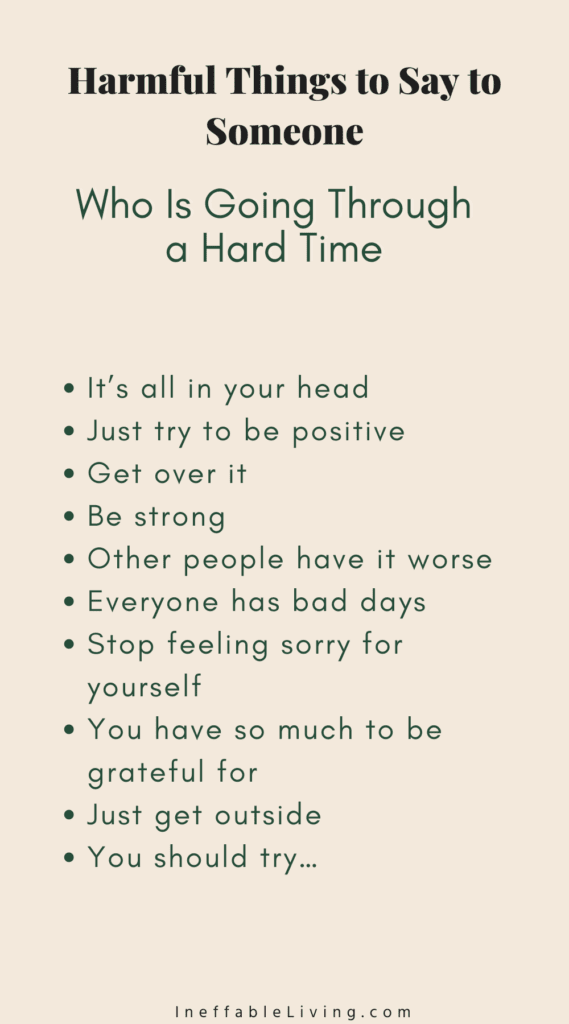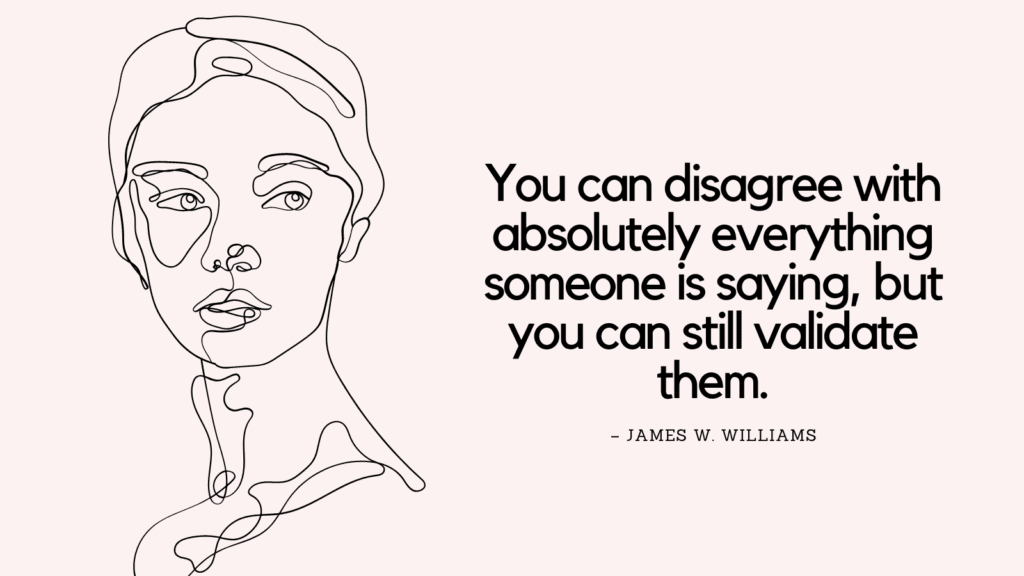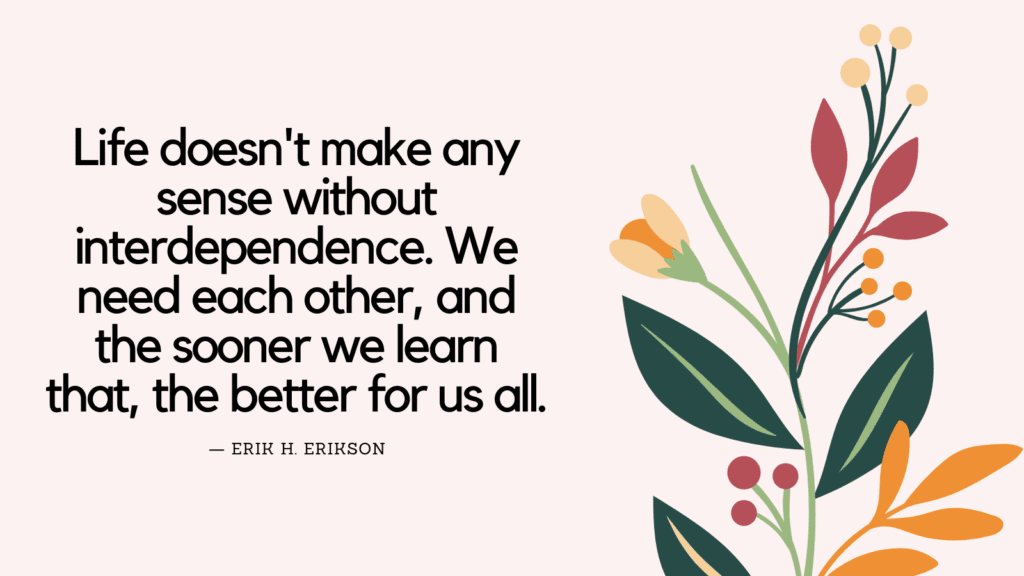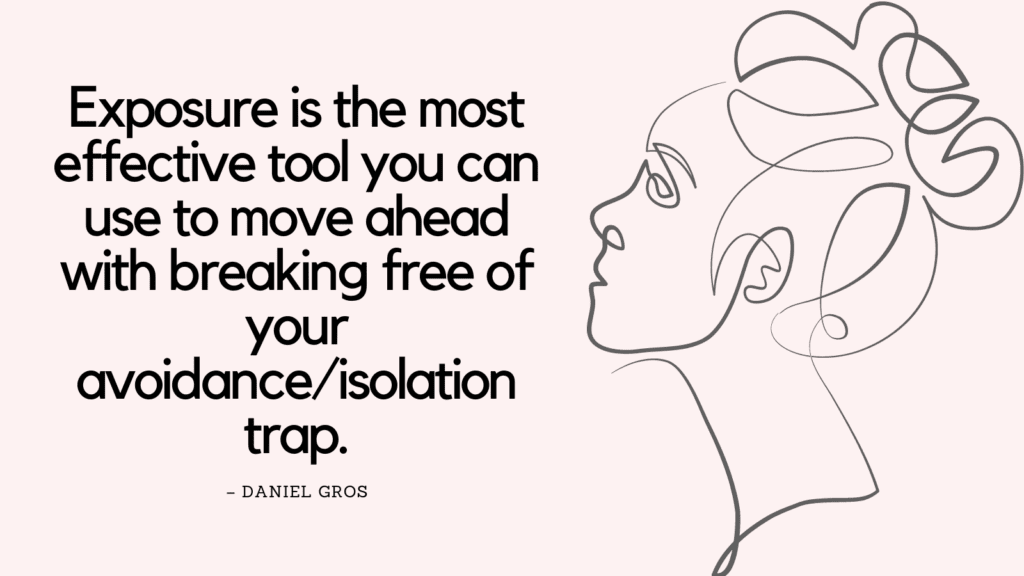This post contains some of the best emotional invalidation quotes.
What Is Emotional Invalidation?
Emotional invalidation refers to the act of dismissing, disregarding, or minimizing someone’s feelings or emotional experiences.
It can happen when someone’s emotions are ignored, belittled, or denied by others, and can have a significant impact on one’s well-being and sense of self-worth.
Emotional invalidation can occur in various relationships, such as with friends, family members, partners, or even within oneself.
How People Invalidate Their Own Emotions
People can invalidate their own emotions in several ways. Here are a few common ones:
1. Minimization: This occurs when someone downplays the significance of their emotions, believing that what they feel is not important or valid. They may tell themselves that they are overreacting or exaggerating their emotions.
2. Self-judgment: When individuals judge themselves harshly for experiencing certain emotions, they may feel guilty, ashamed, or weak for having those feelings. This self-criticism can lead to invalidation.
3. Comparison: Some people compare their emotions to those of others, thinking that their emotions are not as important or valid as someone else’s. They might believe that others have it worse or that their own emotions should not matter as much.
4. Ignoring or suppressing: People may choose to ignore or suppress their emotions, thinking that they will go away or that expressing them is unnecessary. However, ignoring emotions can lead to emotional invalidation and potential long-term negative effects.
5. Rationalizing: By trying to rationalize their emotions, individuals may dismiss them as irrational or illogical. They might convince themselves that their feelings don’t make sense or aren’t justified.
Emotional Invalidation Quotes
1. ““Validation” is a word that gets used a lot and has been used by couples therapists and researchers in a variety of ways. This is probably because there are a lot of different ways to validate what someone is doing, saying, thinking, feeling, or wanting.” – Alan E. Fruzzetti
2. “…validation between partners is the communication of understanding and acceptance.” – Alan E. Fruzzetti
3. “…validation has something in common with empathy (understanding the other person’s experience), but it also requires clear communication of that understanding. In addition, a validating response can reflect either an emotional or a more cognitive understanding of your partner’s experience (or both).” – Alan E. Fruzzetti
4. “Another example would be where a child falls over and hurts themselves. In a bid to calm the child down, the parents will say something like, “Oh, you’re okay. It doesn’t hurt.” See how there’s such a lack of validation for how the child feels in a statement such as that? The child is thinking, I hurt. It hurts. I want someone to make it better.” – James W. Williams
5. “Being pervasively invalidated is believed to contribute significantly to the development of serious psychological disorders (Fruzzetti, Shenk, and Hoffman 2005; Linehan 1993a).” – Alan E. Fruzzetti
Related: What NOT To Say To Someone With An Eating Disorder? (& What to Do Instead)
6. “Here’s an example of validation paired with gratitude: “What I’m going through right now is hard and frustrating. I give myself permission to recognize that. After I validate myself, I’ll turn to gratitude. I know I have a lot to be grateful for, but someone else’s struggle being greater doesn’t lessen mine.”” – Whitney Goodman
7. “Moreover, high levels of invalidation and/or low levels of validation by one partner are associated with higher levels of distress and depression in the other partner (Iverson and Fruzzetti 2006).” – Alan E. Fruzzetti
8. “Our desire for sympathy and attention is another major reason we complain. Think about the things you complain about. What are you looking for when you share? I would bet that a lot of the time it’s validation like, “Yeah, that is annoying,”” – Whitney Goodman
9. “Remember that the other person’s reaction does not invalidate your emotional experience.” – Whitney Goodman
10. “Sometimes, this can be as simple as paying attention and making good eye contact and nodding, or saying “uh-huh” or “right” or “okay.” At other times, validating requires a more thorough acknowledgment of the experience, such as “I know you are really disappointed” or “you look really sad.”” – Alan E. Fruzzetti

11. “True communicative validation is all about accepting the person you’re speaking with as the person they are, which means listening to them and accepting that what they’re saying is their belief. This is how you make someone heard and feel listened to, and this is how true relationships are formed.” – James W. Williams
Related: How To Validate Someone’s Feelings Without Agreeing? (+Examples of Validating Statements)
12. “Validating responses have a very different effect than invalidating ones; in close relationships it is clear that we thrive on validation from our spouses and partners while we can barely tolerate being invalidated. Distressed relationships are full of invalidation and low in validation, while happy and successful relationships include heavy doses of validation and little invalidation (Fruzzetti et al. 2006).” – Alan E. Fruzzetti
13. “Validation is such a powerful element of conversation. Granted, it’s a pretty basic concept to understand at first, but it goes deep. I say I’m scared of the dark, and you say it’s okay to feel that way. Let’s do something to make your experience better. Validation can literally be that easy, but when you start adding in the complexities of the real world, it can become a lot more difficult to understand.” – James W. Williams
14. “Validation. The absolute key to any successful conversation or interaction. In the first version of the conversation, you’ll fail to find any sign of validation, and I’m sure you’ve felt this way in your own life. Those moments where you’ve opened up to someone, and they respond in such a way that it feels as though they took nothing of what you said on board and are instead pursuing their own agendas, using the opportunity to share how they feel, rather than listening to you.” – James W. Williams
15. “We can make room for validation and gratitude at the same time. Validation says, “This is hard and I know it could be better.” Gratitude is: “I’m grateful for what I have. I know others have it worse. I know it could be worse.” – Whitney Goodman
16. “We have to acknowledge issues if we want them to change. When we give people space and validation, they are much more likely to feel better and in turn become more positive. We can’t use a positive platitude to make an issue disappear; it will still be there. It will likely get worse. Sometimes we are being hurtful to others and we need to evaluate our behavior. Negativity and complaining give us access to all of this information and open the door for change.” – Whitney Goodman
17. “We’ve all done this, right? It’s important to confirm that the person complaining is actually looking for advice before offering it. It’s much more likely they are looking for support, understanding, or validation. Offering suggestions at the wrong time may leave the well-intentioned advice giver feeling annoyed, unappreciated, and helpless while the complainer feels misunderstood and rejected.” – Whitney Goodman
18. “What is validation? There are many myths out there, the biggest one being that validation means that you just agree with someone with anything they say. That’s not validation at all. That’s just being agreeable.” – James W. Williams
19. “When we say things like “Can’t we all just love each other?” in response to discrimination, we invalidate the real experiences marginalized people endure every day.” – Whitney Goodman
20. “When we understand something, we can validate it. Like understanding, validation is not the same thing as an endorsement. It simply means that you can see how something is possible and recognize it in yourself or someone else.” – Whitney Goodman
21. “You can disagree with absolutely everything someone is saying, but you can still validate them.” – James W. Williams
Related: Top 21 Quotes About Being There For Someone

How to Validate Your Own Emotions?
Here are some steps to help you validate your own emotions:
1. Recognize and acknowledge your emotions: Take a moment to pause and identify the specific emotions you are feeling. Be honest with yourself about what you’re experiencing, whether it’s sadness, anger, joy, fear, or any other emotion.
2. Understand that all emotions are valid: Remind yourself that emotions are a natural and normal part of being human. There are no right or wrong emotions, and they should not be judged or dismissed. Emotions provide valuable information about our needs and experiences.
3. Practice self-compassion: Treat yourself with kindness and understanding. Instead of criticizing or judging yourself for feeling a certain way, offer yourself compassion and empathy. Understand that your emotions are valid and deserving of your attention and care.
4. Validate the reasons behind your emotions: Reflect on the underlying reasons for your emotions. Consider whether there are external events or internal thoughts that may have triggered them. Recognize that your feelings are a response to these circumstances, and they make sense given your unique experiences.
5. Avoid comparing your emotions to others: Remember that everyone experiences and processes emotions differently. Comparing your emotions to others’ can lead to self-doubt and invalidation. Focus on accepting and understanding your own emotional experiences rather than seeking validation from others.
6. Seek support if needed: If you find it challenging to validate your own emotions, reach out to a trusted friend, family member, or therapist who can provide guidance and support. Sometimes having someone else validate your emotions can help you learn how to do it for yourself.
7. Embrace self-reflection and growth: Use your emotions as an opportunity for self-reflection and personal growth. Explore what your emotions are telling you about your needs, values, and desires. This can help you make informed choices and take actions that align with your authentic self.
How to Validate Other People’s Emotions?
Here are some steps to help you validate someone’s emotions:
1. Listen actively: Give the person your full attention and allow them to express their emotions without interruption. Avoid judgment, criticism, or trying to solve their problems immediately. Instead, focus on understanding their perspective.
2. Show genuine concern: Display empathy by acknowledging the person’s emotions. You can say things like, “I can see that you’re feeling frustrated,” or “It sounds like you’re really sad about this.” This shows that you are fully present and willing to understand their feelings.
3. Reflect back and paraphrase: Repeat what the person has shared in your own words to demonstrate that you have understood their emotions correctly. For example, you can say, “If I understand correctly, you’re feeling disappointed because your hard work wasn’t recognized.”
4. Validate their feelings: Assure the person that their emotions are valid and understandable. Let them know that it’s okay to feel the way they do. You can say, “It makes sense that you would feel angry in this situation,” or “I can understand why you would be anxious about that.”
5. Avoid minimizing or dismissing: Refrain from belittling or minimizing someone’s emotions by saying things like, “You shouldn’t feel that way” or “It’s not a big deal.” Such responses can invalidate their feelings and make them reluctant to share further.
6. Ask open-ended questions: Seek to understand more about their emotions by asking open-ended questions like, “What specifically is causing you to feel this way?” or “Is there anything else that’s contributing to these emotions?”
7. Offer support: Let the person know that you are available for them if they need to talk further or if they require any assistance. Reassure them that you care about their well-being and are there to support them.

References
- Portions of this article were adapted from the book Listening Skills Training, © 2021 by James W. Williams. All rights reserved.
- Portions of this article were adapted from the book The High Conflict Couple, © 2006 by Alan E. Fruzzetti. All rights reserved.
- Portions of this article were adapted from the book Toxic Positivity, © 2022 by Whitney Goodman. All rights reserved.



